Methods
I would think working with a site that anthropology and or life history research would be valuable. At this stage, I also think that taking the methodology of the Bricoloeur is an option as I will use a multi-method approach.
I enjoy doing keyword research to consider other ideas. I believe the data I will gather will be a mixture of qualitative and quantitative. On a practical level, I need to consider questions for doing the soil tests, prior to the work done outside as well as afterward. I need to consider change and failure and plan to have one circle with organic material, but make it as a form of land art and shape of a fungi spore, and the other to grow mushrooms on. I also have to consider if I can grow mushrooms outside, or will the circles be (come) more of a symbolic making to restore land and respect the hiddenness of the symbiotic relationships between trees and fungi and show us humans and our interconnectedness and or /disconnection with nature?
It seems the scientific data should be specific and measurable. I will keep soil samples, with their results and hope to have more over time. This touches on the technology available and how we interact with it, as I think it would give me a better understanding of my ‘site’ (soil) and be more aware of how I work with it. I will also do a test for microorganisms to get a sample of other living organisms in the soil .
An article in the Guardian affirms the state of topsoil in the world: “The world grows 95% of its food in the uppermost layer of soil, making topsoil one of the most important components of our food system. But thanks to conventional farming practices, nearly half of the most productive soil has disappeared in the world in the last 150 years, threatening crop yields and contributing to nutrient pollution, dead zones and erosion.”
The current facts according to what I have learned so far and can apply during the preparation for the site growing mushrooms on:
- Mycorrhizal mushrooms are difficult if not impossible to cultivate because they form symbiotic relationships with trees.
- There are a few trees growing near this area, young hardwood indigenous trees.
- Examples of this mushroom are chanterelles, morels, truffles, and porcinis.
- In my area, I have come upon chanterelles which grew next to pine trees.
- Up to now, I have grown Saprobic mushrooms, and
- they grow on media like sterilized sawdust, coffee, or logs.
- I have access to Reishi mushrooms and consider making at least one circle, using hardwood logs, sawdust, or wheat bran, which could be the growing medium for them.
I asked questions such as what fungi would be beneficial with wheat. It seems that Arbuscular mycorrhizal fungi (called AMF) are relatively common plant symbiotic fungi They are viewed as “microbial fertilizers” that are beneficial to crop growth and productivity. These fungi are microscopic and present as spores that form partnerships with plants through their hyphae (fungal threads), scouring the soil for nutrients in exchange for sugars from the plant. It’s not a mushroom-like fungi.
I have by now also learned that Mycorrhizas are beneficial fungi to grow in association with plant roots. They exist by taking sugars from plants ‘in exchange’ for moisture and nutrients gathered from the soil by the fungal strands. The mycorrhizas greatly increase the absorptive area of a plant, acting as extensions to the root system. In my reading, I learned that tilling reduces the inoculation of the soil and the efficacy of the fungi by disrupting the hyphal network. On a local website ( SANBI) I learned that: ” The symbiotic relationship between the fungi and plant can assist in restoring areas affected by desertification or degradation. This is achieved by inoculating the soil with AMF when reintroducing vegetation in ecological restoration projects (phytoremediation) that has been affected by industrial activities such as mining.” I can buy this AMF
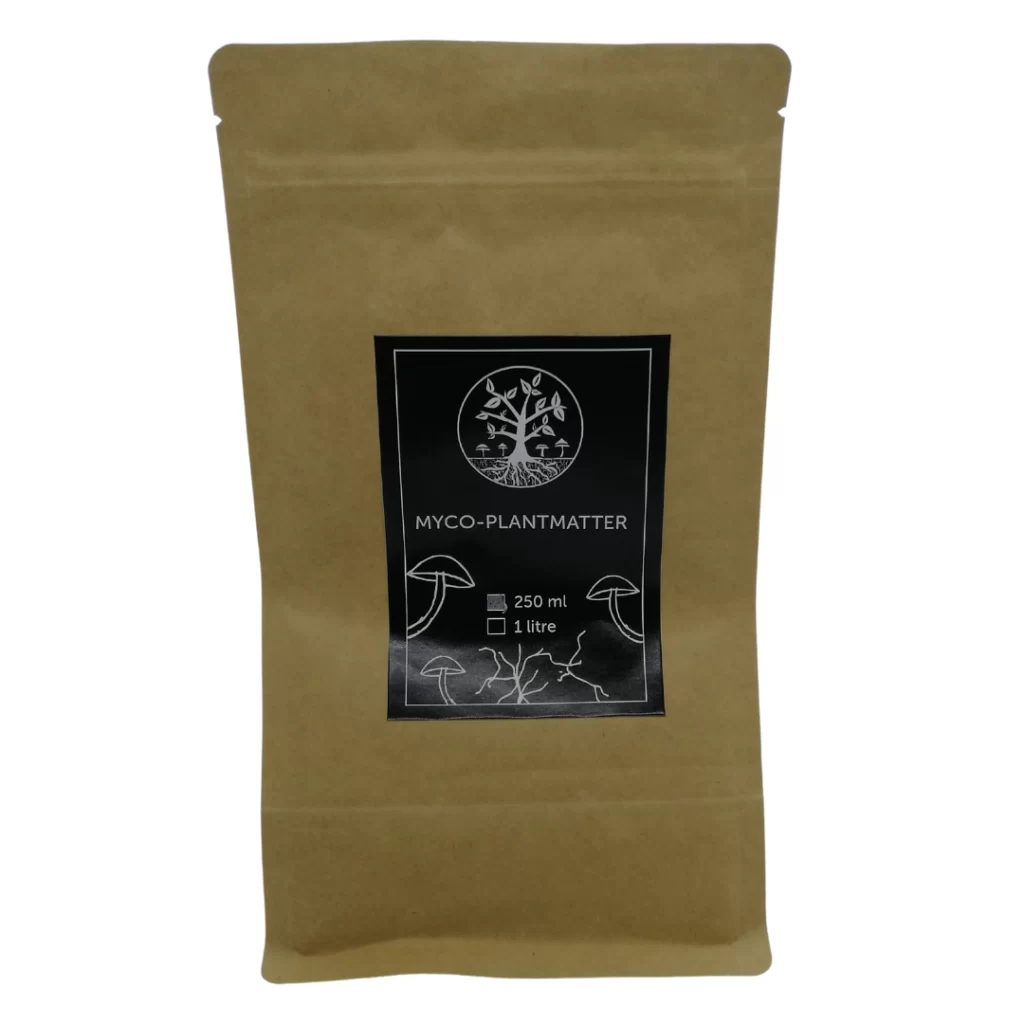
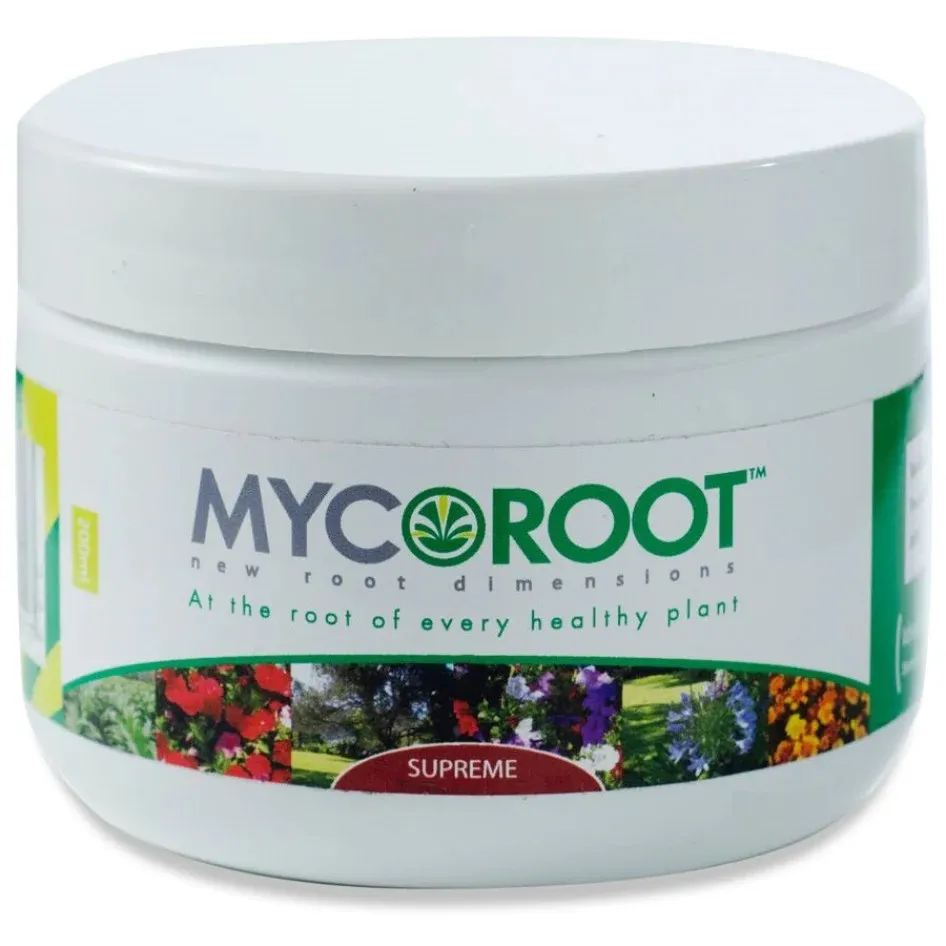
Observations will be written down, as a form of documentation, and photographed. On-site drawings and developing work into paintings will be made over time. I am well aware of the role of chance, as indeterminacy is part of this whole process – I cannot control this ‘landscape’ I am trying to create or show and must learn about authority when making with the non human. ( learning from A Tsing will become more valuable in this research)
Below are images of the developing work:
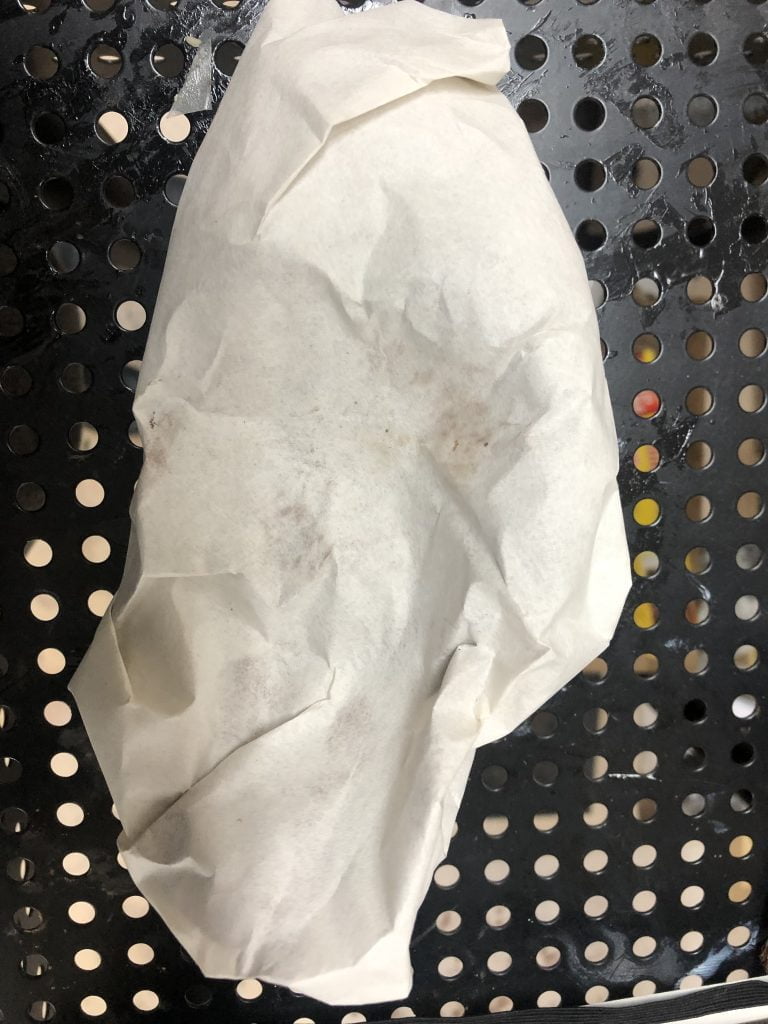
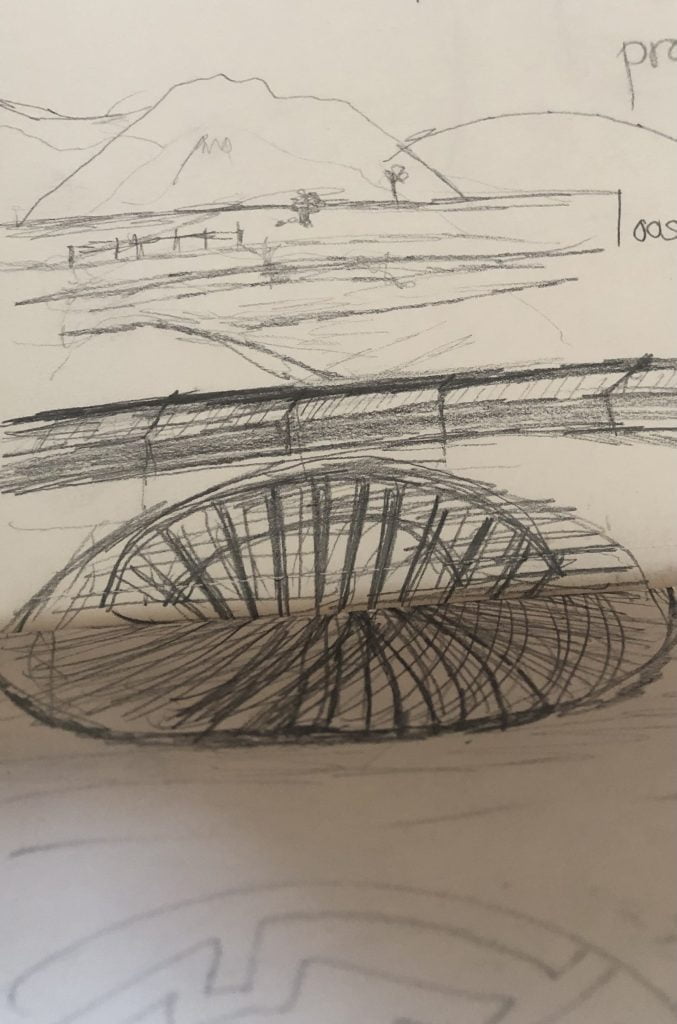
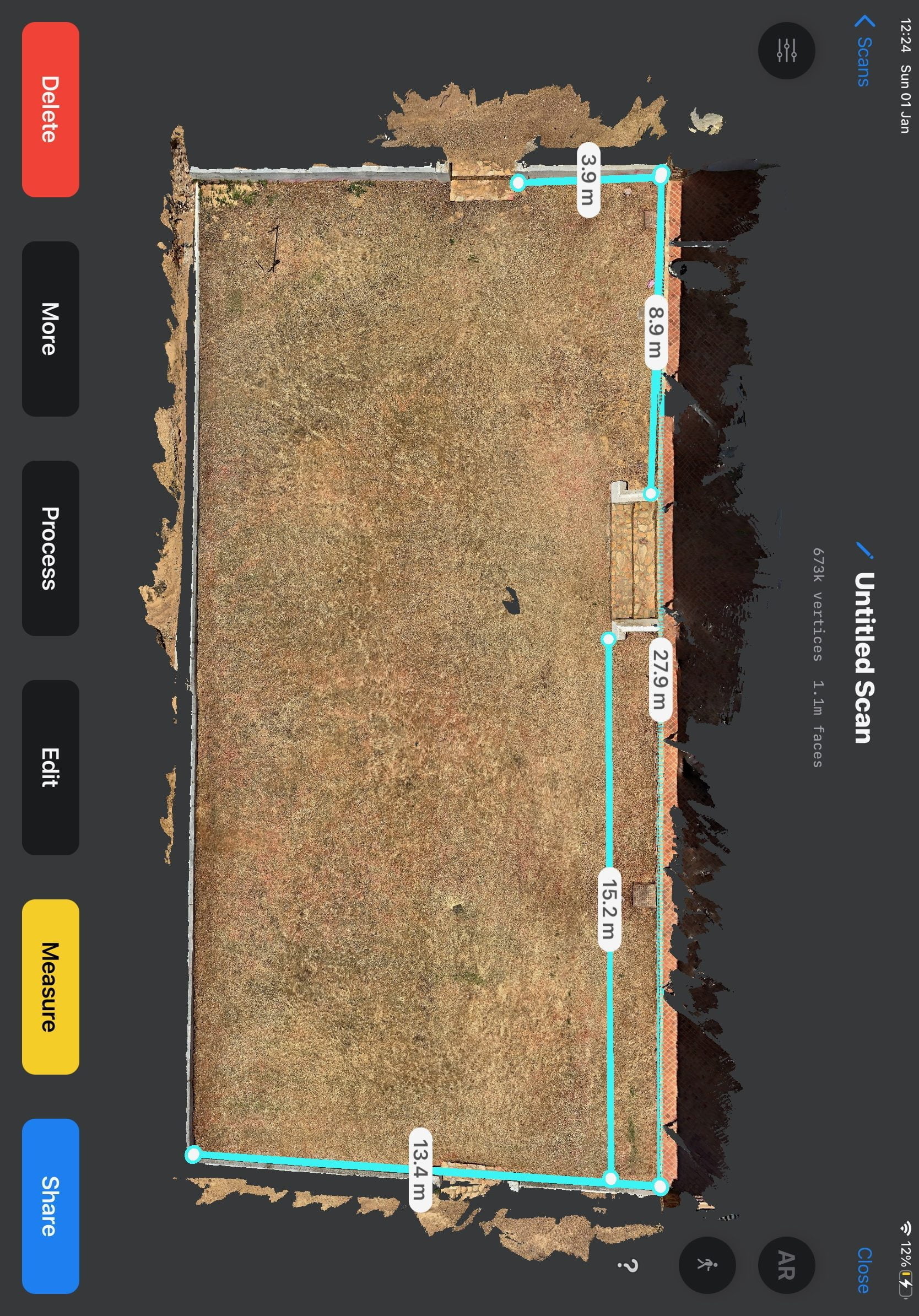
For the clay hand image I will keep documentation including the date the mushroom spore was ‘inoculated’ onto the sculpture, and maintenance and care notes.
The site work will show photos of the site, a map of the site, with size (google earth map can also be considered), as well as using drone footage of the site and documenting dates, show preparation and developing site work, experts used to consult, soil samples, date circles are started, finished and mushrooms spore being placed on the site.